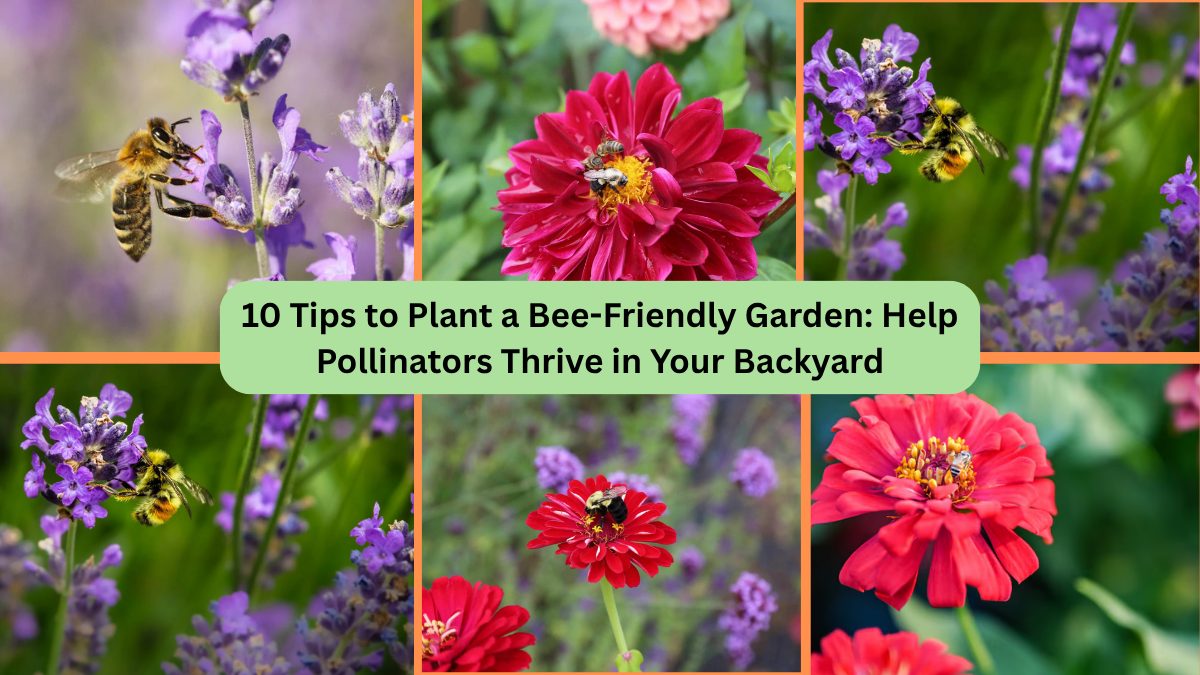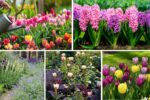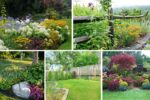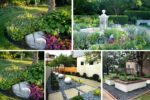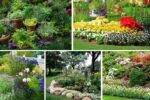Bees are some of the most important creatures in our ecosystem. Not only do they pollinate a third of the food we eat, but they also help flowering plants reproduce and support biodiversity in our environment. Unfortunately, due to habitat loss, pesticides, and climate change, bee populations worldwide are in decline.
The good news? Your garden can be part of the solution. By planting a bee-friendly garden, you provide these vital pollinators with food, shelter, and a safe haven free from harmful chemicals. Whether you have a sprawling yard, a compact balcony, or a few flower pots, you can help support local bees and other pollinators.
Here’s a complete guide packed with practical, effective tips to help you create a beautiful, thriving bee-friendly garden.
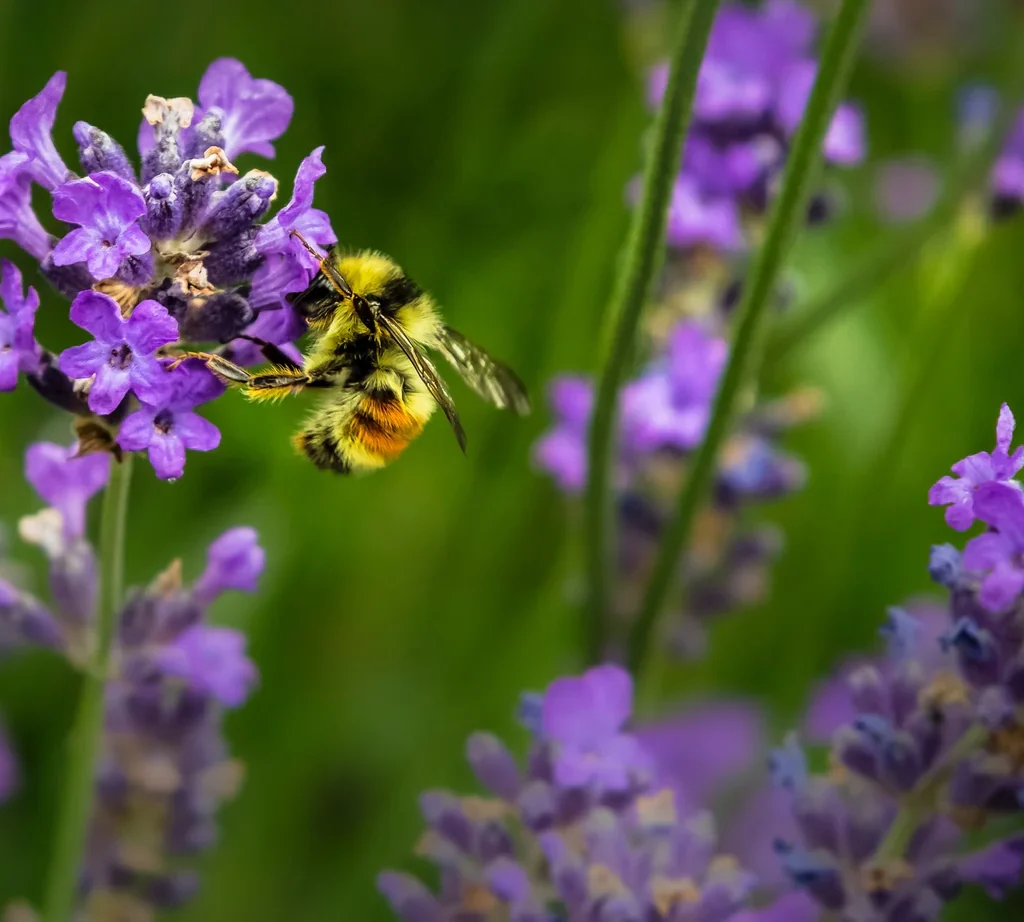
1. Choose Native Plants
Native plants are the foundation of a bee-friendly garden. These plants have co-evolved with local bee species and are naturally well-suited to the climate and soil in your area. Native flowers typically offer more nectar and pollen than many modern hybrids, which often prioritize looks over function.
How to choose native plants:
- Check local garden centers for native species.
- Consult your state’s or country’s native plant societies.
- Look for wildflowers such as purple coneflowers, bee balm, goldenrod, black-eyed Susans, and milkweed.
Bonus: Native plants require less water, fertilizer, and maintenance since they’re adapted to your region’s conditions.

2. Grow a Variety of Flower Shapes and Colors
Different bee species are attracted to different flower shapes, sizes, and colors. To attract a diverse range of pollinators, plant a mix of flowers with varying appearances.
Types to include:
- Open, daisy-like blooms for small bees (e.g., asters, coreopsis).
- Tubular flowers for long-tongued bees (e.g., penstemons, foxgloves).
- Clustered flowers for easy foraging (e.g., lavender, phlox).
Bees are especially drawn to blue, purple, white, and yellow flowers. By offering a colorful and diverse garden, you’ll invite a broad mix of bees and other beneficial insects.

3. Plant in Clumps and Layers
Bees prefer to forage in clusters of the same flower type rather than isolated plants. Planting flowers in groups (called “drifts”) makes it easier for bees to find and gather food efficiently.
Layering your garden:
- Use taller plants like sunflowers or hollyhocks at the back.
- Medium plants such as bee balm or coneflowers in the middle.
- Low-growing ground covers like creeping thyme and sweet alyssum at the front.
This layered effect creates a lush, attractive garden while offering foraging opportunities at different heights.

4. Provide Continuous Bloom Throughout the Seasons
For a truly bee-friendly space, ensure your garden has something in bloom from early spring through late fall. Bees are active from the first warm days of spring until the last flowers fade in autumn.
Sample seasonal bloomers:
- Spring: Crocuses, daffodils, violets, and lungwort.
- Summer: Lavender, cosmos, zinnias, and sunflowers.
- Fall: Sedum, goldenrod, aster, and helenium.
This steady supply of nectar and pollen supports bees during their entire lifecycle, including when they’re preparing for winter.
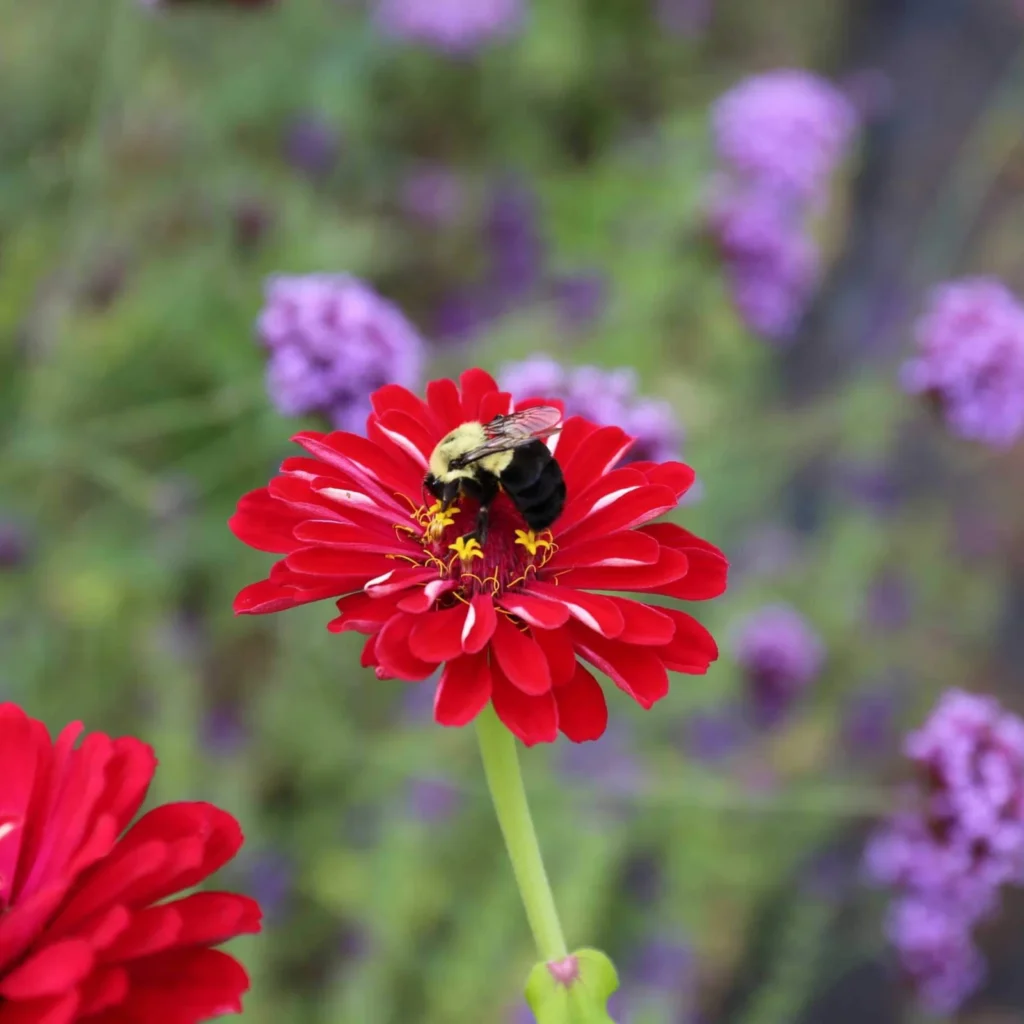
5. Avoid Pesticides and Chemicals
One of the most important ways you can protect bees is by avoiding pesticides, herbicides, and chemical fertilizers in your garden. Many commonly used chemicals are harmful or even lethal to bees, especially when applied to flowering plants.
Safe alternatives:
- Use organic pest control methods like handpicking pests.
- Introduce beneficial insects such as ladybugs and lacewings.
- Encourage natural predators like birds and toads.
- Make homemade insecticidal soap with water, a bit of natural soap, and essential oils like neem or peppermint.
If you must use a commercial product, choose bee-safe options and apply them in the evening when bees are less active.
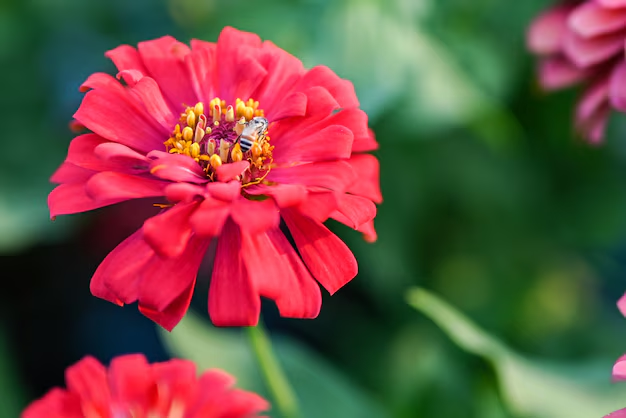
6. Include Water Sources
Bees, like all creatures, need water to survive. A simple water source can be a lifesaver, especially during hot, dry months.
Easy bee-friendly water ideas:
- A shallow birdbath with stones or marbles for landing spots.
- A saucer filled with water and pebbles.
- Small, clean puddles in shaded areas.
Be sure to keep water sources clean and topped up regularly.
7. Provide Nesting Areas
Most people think of hives when they picture bee homes, but many native bee species are solitary and nest in bare ground, wood holes, or plant stems.
To create nesting spaces:
- Leave some areas of bare, undisturbed soil.
- Install bee hotels or bundles of hollow plant stems.
- Avoid over-mulching your garden beds.
- Let old logs and branches decompose naturally.
By offering safe nesting areas, you support the complete lifecycle of pollinators, not just their feeding habits.
8. Grow Herbs and Edible Flowers
Many culinary herbs are not only delicious but also highly attractive to bees. Let a few herbs flower, and watch the pollinators flock to them.
Bee-friendly herbs:
- Lavender
- Mint
- Oregano
- Basil (when allowed to bloom)
- Thyme
- Chives
- Borage
Edible flowers like nasturtiums and calendula are also excellent for both gardeners and bees.
9. Embrace Wildflowers and Weeds
Not every beautiful plant has to be meticulously cultivated. Many wildflowers and “weeds” are essential food sources for native bees and butterflies.
Examples of beneficial wild plants:
- Dandelions (especially early in spring)
- Clover
- Queen Anne’s lace
- Yarrow
Allowing a corner of your yard or garden to grow a little wild can create a vital habitat for local pollinators.
10. Educate and Inspire Others
Lastly, one of the most impactful things you can do is spread awareness about the importance of bee-friendly gardening. Share your garden with friends, neighbors, and community groups. Host garden tours or workshops, and post about pollinator plants on social media.
Consider getting your garden certified as a wildlife or pollinator habitat through organizations like the National Wildlife Federation or Pollinator Partnership. These programs offer signs you can display to show your commitment and inspire others to follow your example.
Final Thoughts
Planting a bee-friendly garden is a joyful, rewarding way to contribute to environmental health while beautifying your outdoor space. With simple choices like growing native plants, providing continuous blooms, avoiding pesticides, and offering nesting sites, you can turn your yard into a buzzing sanctuary for bees and other essential pollinators.
Even a small patio garden or a windowsill filled with pollinator-friendly flowers can make a difference. Every bee you support brings us one step closer to healthier ecosystems, thriving food supplies, and a more beautiful, balanced planet.
